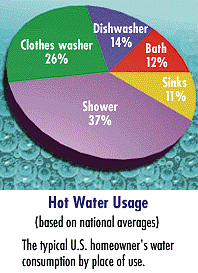
I speak with a lot of contractors who have made the catastrophic mistake of tampering with the offset screw of the gas valve to adjust the system’s combustion. Many mistook this for the throttle adjustment and wonder why their combustion hadn’t changed significantly.
I recommend not touching the offset unless absolutely necessary, and only if you truly know what you are doing. If there is any question, you should contact your manufacturer’s technical support before making any adjustment. I’ve seen many contractors make adjustments to the offset and bring the valve so far out of proper combustion that it is easier to replace than to correct the damage that has been done. Never assume an adjustment screw is your throttle! Again, I recommend contacting technical support. This can be a very expensive mistake to make.
